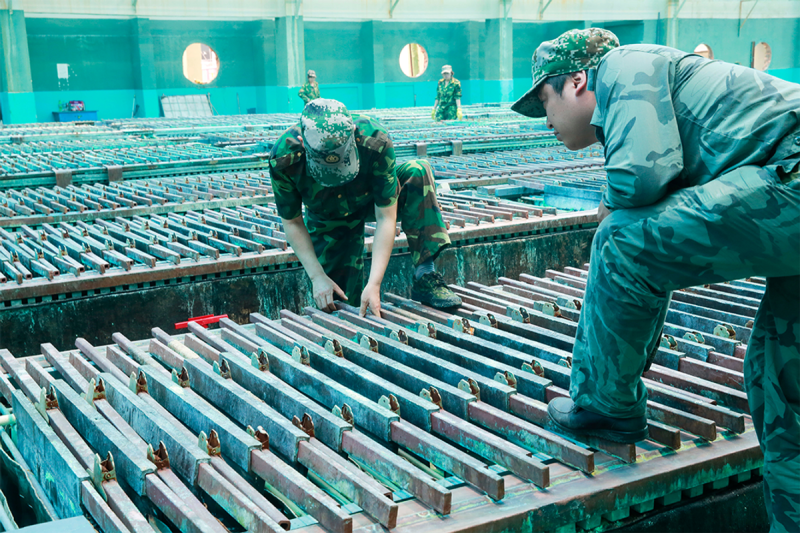The reliance on China for rare earths production and processing has long been a contentious issue with wide-ranging implications for global economy and security. Rare earth elements are critical components essential for the production of various technologies, from smartphones and electric vehicles to defense systems and renewable energy technologies. With China’s dominant position in rare earths production – accounting for over 80% of the global supply, there has been growing concern about the vulnerability it poses to supply chain disruptions and geopolitical leverage.
In recent years, several initiatives have been proposed and implemented to reduce the dependence on China for rare earths production and processing. One key strategy is to diversify the sources of rare earths by encouraging and supporting the development of alternative mines outside of China. Countries such as Australia, the United States, and Canada have identified and invested in rare earth deposits within their territories to establish a more balanced global supply chain.
Another important approach is to improve recycling and recovery technologies for rare earth elements from end-of-life products. Given the limited availability of these critical elements and the energy-intensive nature of rare earths extraction, recycling offers a sustainable solution to meet the growing demand for these materials. Innovations in recycling technologies have made it possible to extract and recover rare earths from electronic waste and industrial byproducts, reducing the need for primary mining operations.
Furthermore, efforts are underway to develop new processing technologies that can efficiently separate and refine rare earth elements outside of China. Traditional processing methods are often associated with high costs, environmental impacts, and technical challenges. By investing in research and development of innovative processing techniques, countries can enhance their domestic capabilities in rare earths production and processing, thus reducing reliance on Chinese exports.
Collaboration among governments, industries, and research institutions is crucial to achieving the goal of reducing reliance on China for rare earths production and processing. International partnerships and cooperative agreements can facilitate knowledge sharing, technology transfer, and investment in critical infrastructure to establish a more resilient and diversified global supply chain for rare earth elements.
In conclusion, addressing the issue of reliance on China for rare earths production and processing requires a multifaceted approach that combines efforts to diversify sources, enhance recycling technologies, and develop innovative processing methods. By working together towards a more sustainable and secure rare earths supply chain, countries can reduce their vulnerability to disruptions and ensure the continued availability of these critical materials for future generations.
